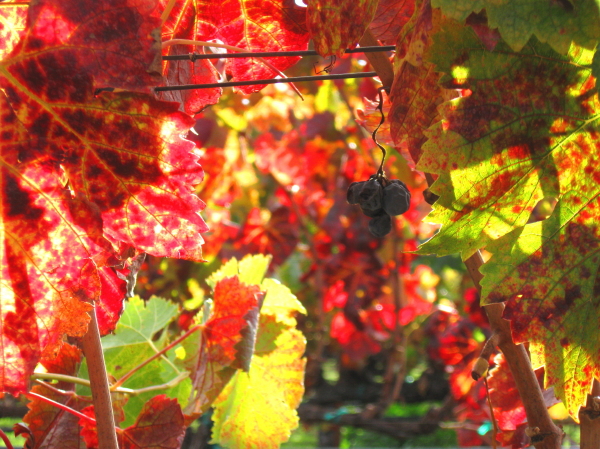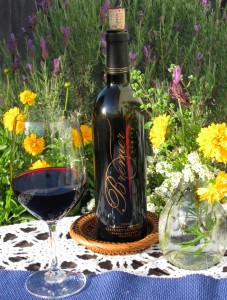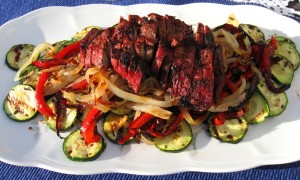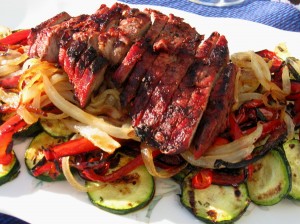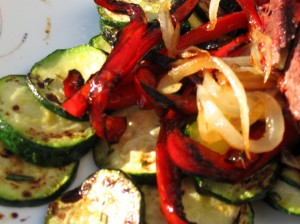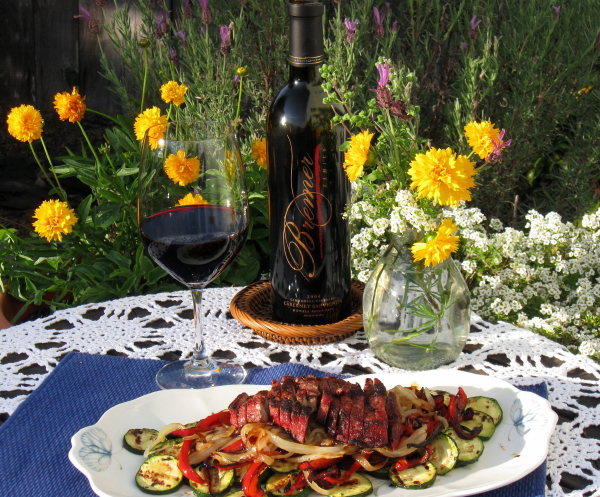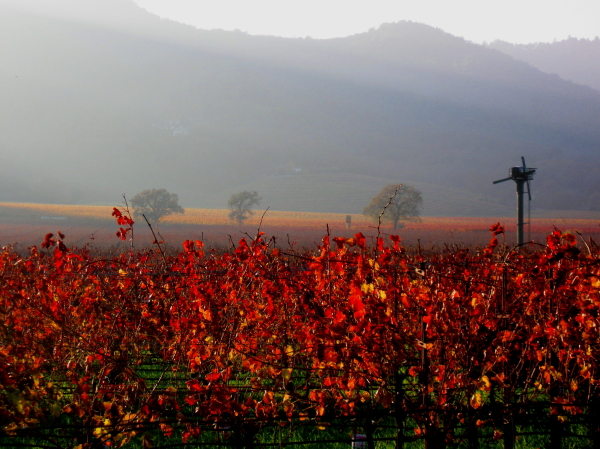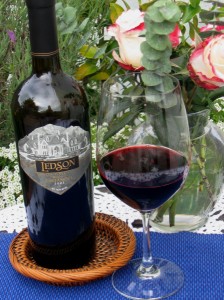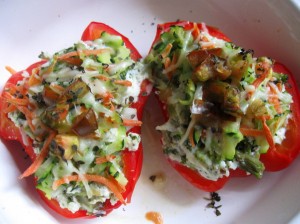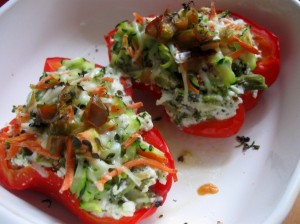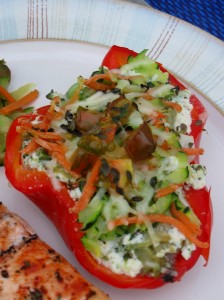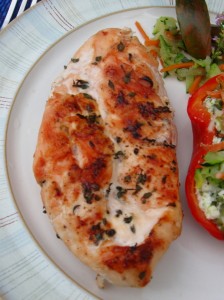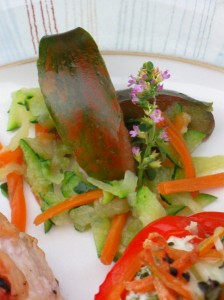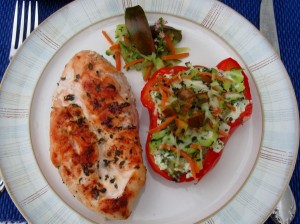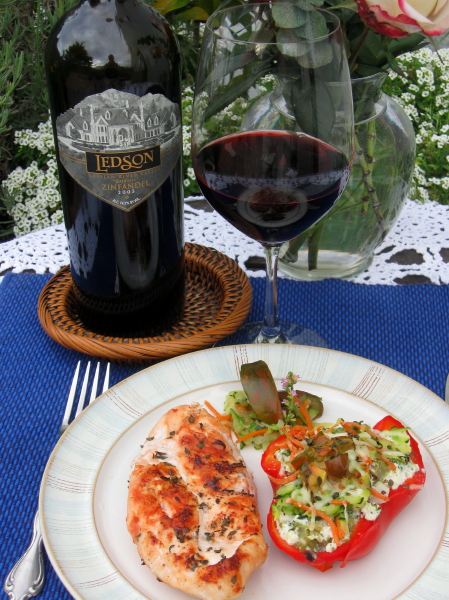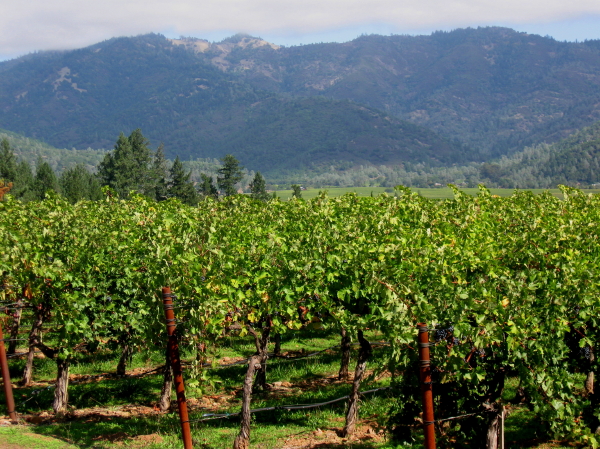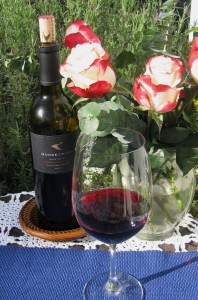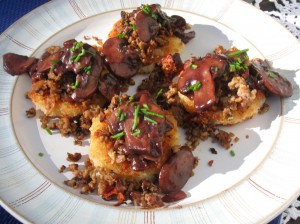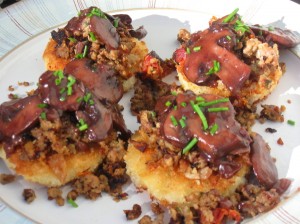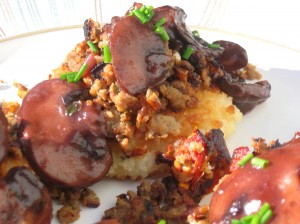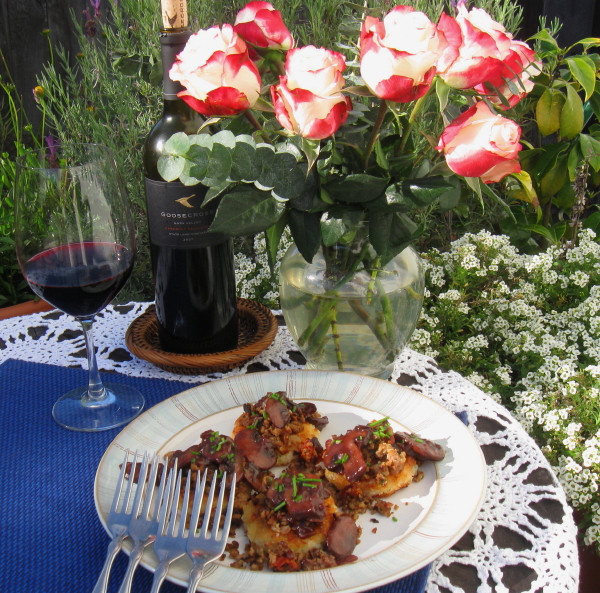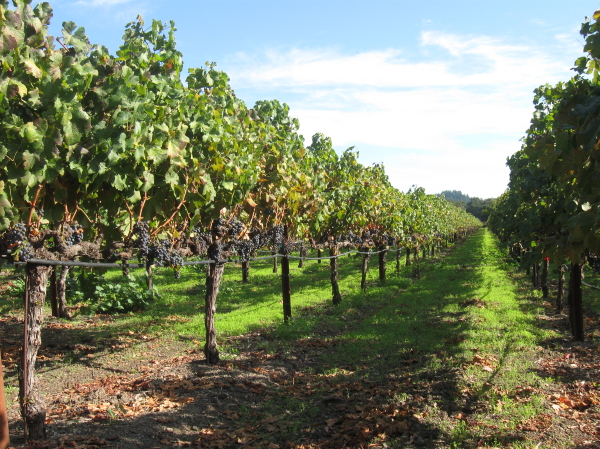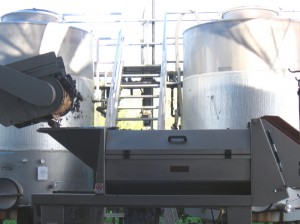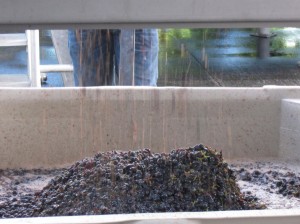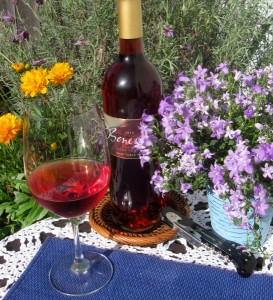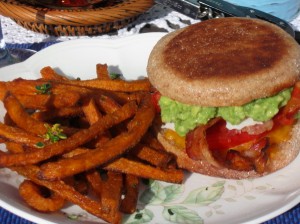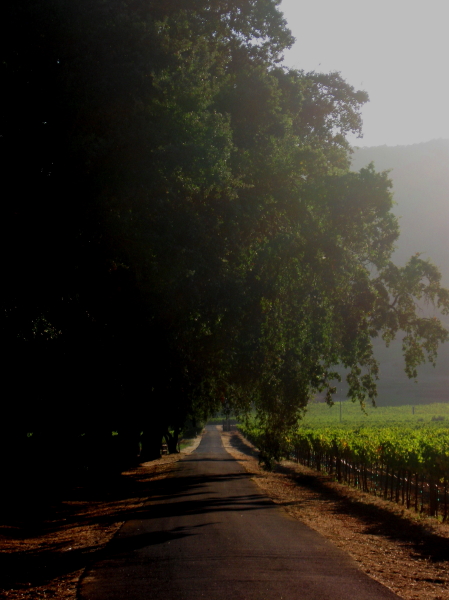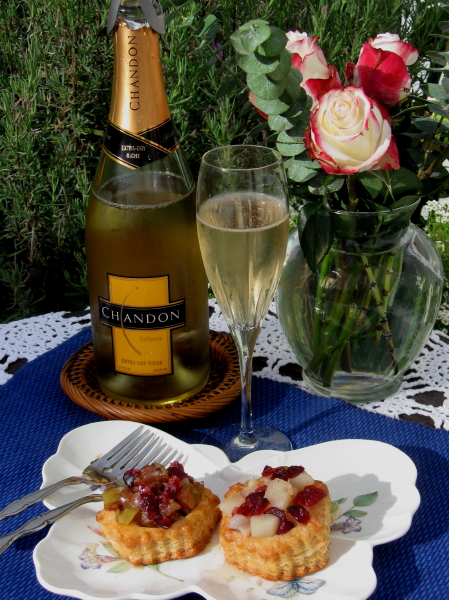Nov 16 2011
Falling for Cabernet Sauvignon
To some there is nothing better than a good glass of Cabernet Sauvignon. When that wine glass holds an exceptionally good Cabernet Sauvignon, little can hold a candle to it. Cabernet Sauvignon lovers almost intuitively know that when an aged quality Cabernet Sauvignon is poured, any food pairing will be somewhat straight-forward. Reason being, these connoisseurs simply want this varietal to show off all of its complexity, structure, fruit, spice and finish.
Cabernet Sauvignon wines in general are a big wine and they command not only the palate’s attention but the rest of one’s senses as well. If you are a Cabernet Sauvignon aficionado and truly want to find some of the biggest wines this varietal can produce, venture up to Howell Mountain in Napa Valley and prepare to discover a component of command in your wine.
Bremer Family Winery (“Bremer”) is located on Howell Mountain on Deer Park Road and housed in a beautiful stone winery originally built in 1891. Beautiful trees adorn this mountain side property along with a creek and grapevines glisten in the sun. Wines crafted at Bremer embody quality and those offered which are produced from estate grapes will offer big bold distinct personalities. This week’s featured wine is Bremer’s 2004 Cimarossa Vineyard Cabernet Sauvignon (presently not for sale, however, you can find the 2005 vintage available through the winery).
Sitting in the glass, the wine’s dark garnet color foreshadows the power that lurks in the glass. Aromas of anise or licorice, toffee, vanilla, raspberry and black cherry waft coyly upwards. Venturing further, the palate commences its discovery as the wine is soft at the front yet is introduced to undeniably present tannins. As the glass lowers to the table, the palate is still contemplating the definitive structure of the wine while strong legs run down the sides of the glass. A medley of flavors linger in the mouth ranging from black currant, ginger, mushroom, vanilla, anise, plum, raspberry and cherry. Due to its complexity, this is a wine that you will want to cozy up to and enjoy as days grow shorter and evenings grow colder. With merely a sip of Bremer’s 2004 Cimarossa Vineyard Cabernet Sauvignon, it is evident that this wine begs for a traditional steak pairing.
While steak pairings may seem predictable with Cabernet Sauvignon, the manner in which the steak is prepared determines how closely destined it is with the selected paired wine. In the case of Bremer’s 2004 Cimarossa Vineyard Cabernet Sauvignon, the steak should be prepared on a charcoal grill, slowly and with nothing more than a little season salt.
My father has long been the master of taking a petite sirloin steak and putting it on a charcoal grill to allow it to slowly cook with nothing more than a scant bit of seasoning salt to dress it. He is commonly spotted sitting on the deck with a book and a glass of Cabernet Sauvignon. While he may be lost in his book, the steak slowly cooks and is left to its own devices. The grill is covered to retain moisture and flavor in the steak and the result emerges juicy and best served thinly sliced.
Any vegetable medley could accompany steak prepared like this. This week, however, my dad’s style of steak is best, easily and seasonally served over a bed of zucchini, red bell peppers and caramelized sweet onions.
Medallions of zucchini tossed in olive oil and minced rosemary are grilled on the stove’s range. Thin slices of red bell pepper are slowly sautéed and at the last minute a dash of balsamic vinegar is introduced to caramelize. Thin slices of sweet onion are combined with butter before being left to its own devices to slowly caramelize.
While this combination may initially appear simple, when combined with a Cabernet Sauvignon such as this week’s featured wine, all involved becomes richer and more decadent flavor-wise.
Taken with the food, the wine opens and rich flavors of fruit and spice emerge as if it too spent some quality time slow cooking on a smoky grill. By using some minced rosemary with the zucchini, the meal has an herbaceous character (which is not found in the wine).
You may wonder why we caramelize onions or add a dash of balsamic vinegar to the red bell peppers. By electing to caramelize certain foods, it adds a dash of sweetness that traditional granulated sugar cannot match. It also adds a different component to the flavor profile which translates to depth.
Thanksgiving looms and on that day your kitchen will be taken over by a conundrum of cooking. Here is a simple way to show prowess and command before anyone else arrives to scrutinize. Take ownership of the grill one last time this year and trust the simplicity of basic food and wine pairing to show culinary command to those who immediately surround you. They may become your most loyal allies when Thanksgiving preparations descend upon your kitchen.
Comments Off on Falling for Cabernet Sauvignon
